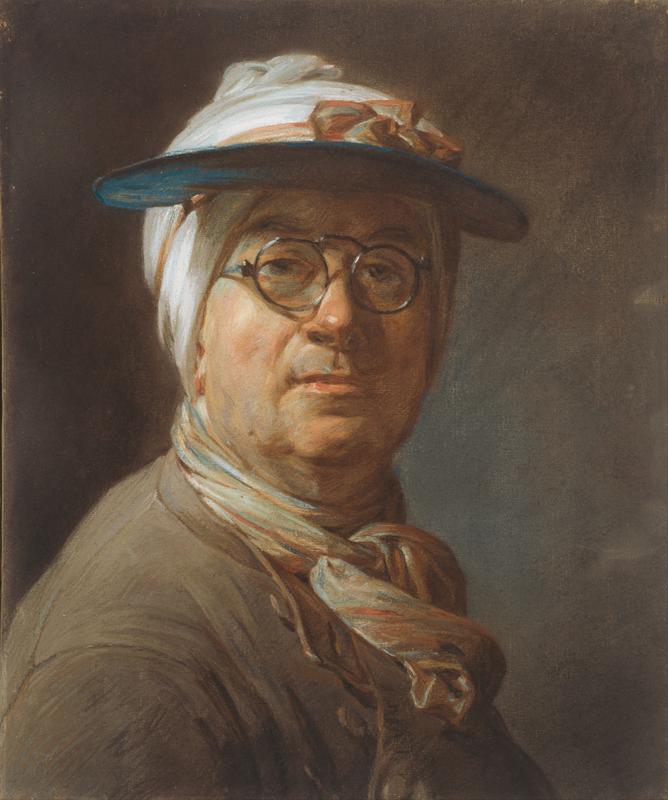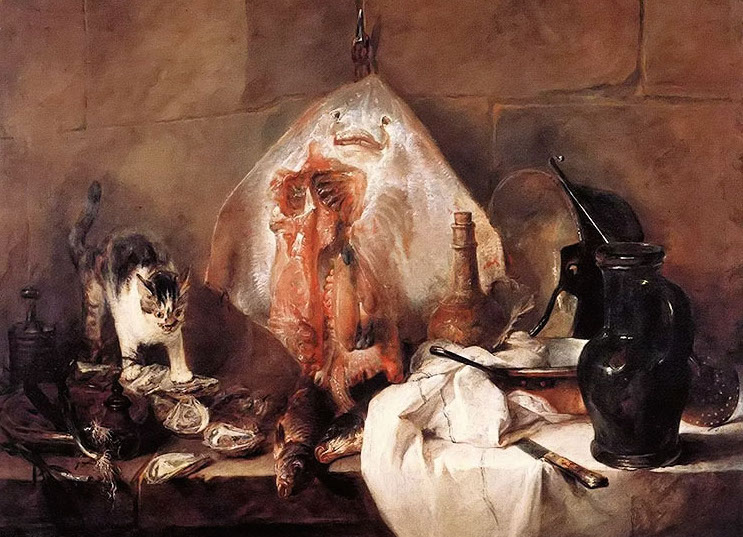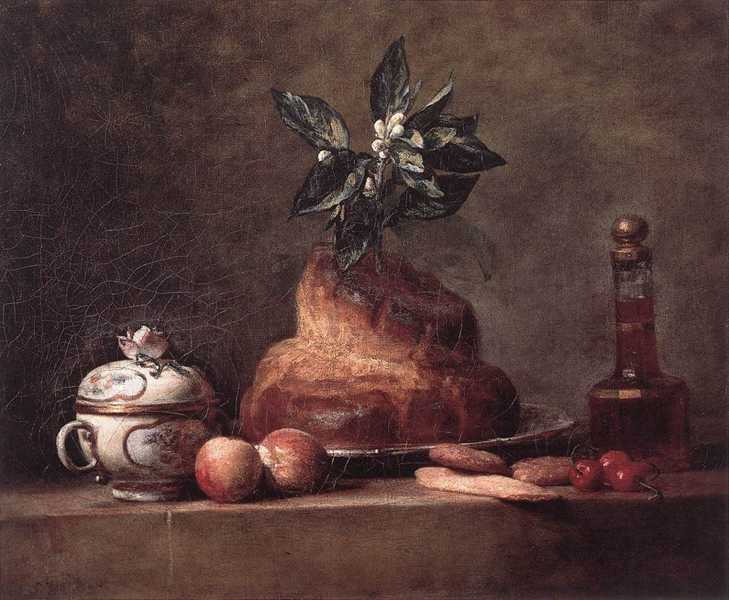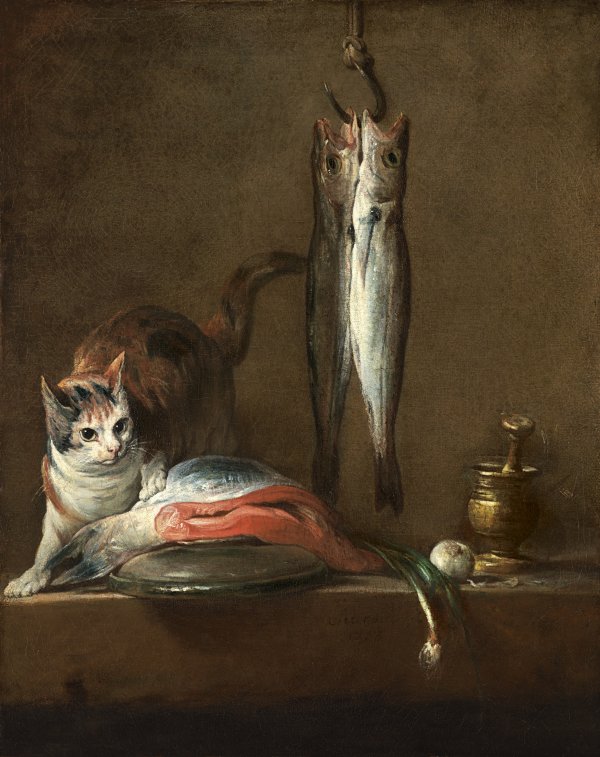
Jean-Baptiste-Siméon Chardin, a French painter. Jean-Baptiste-Siméon Chardin was born on November 2, 1699, in Paris and died on December 6, 1779. Chardin was one of the French 18th Century Citizen Art Outstanding Representative. in his early years, he served apprenticeships with the history painters Pierre-Jacques Cazes and Noël-Nicolas Coypel, and in 1724 he became a master in the Académie de Saint-Luc.

was a painters’ guild set up in Paris in 1391,
and dissolved in 1777.
After the exhibition of the real-life painting he did in 1728, The Ray, he became famous overnight , and accepted by the Royal Academy.

His paintings bring still life to life and give people a sense of movement. In the late period, the family painting was mainly used to show the daily life. The painting style was simple with a sense of peace and kindness, which reflected the aesthetic ideal of the emerging civilian class.


Leave a Reply